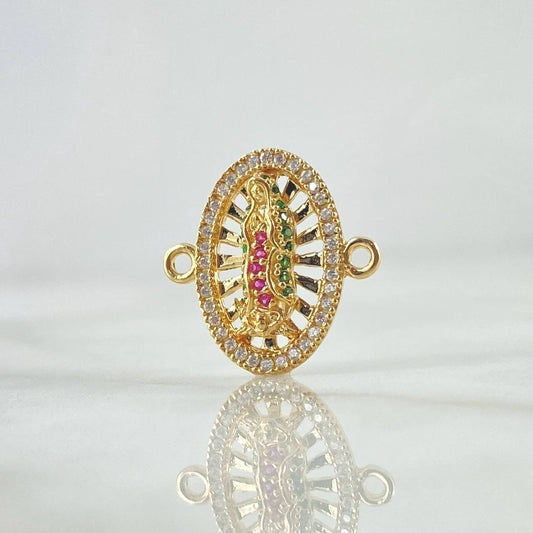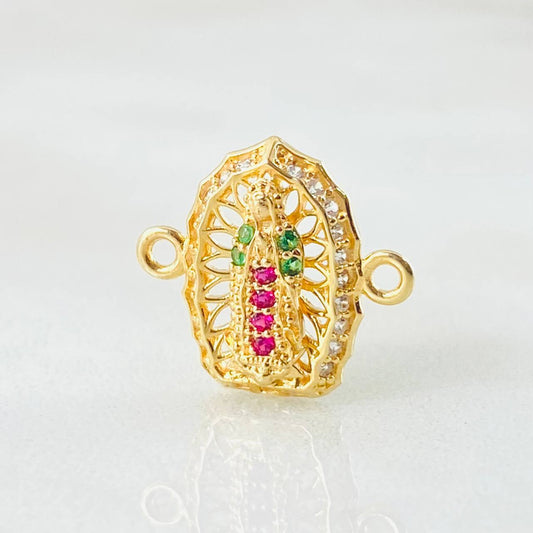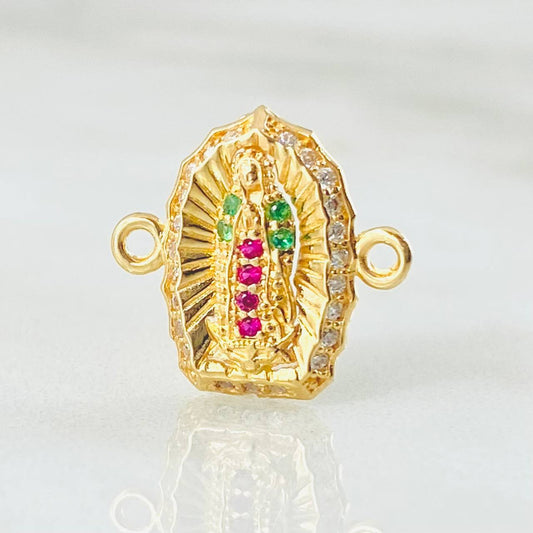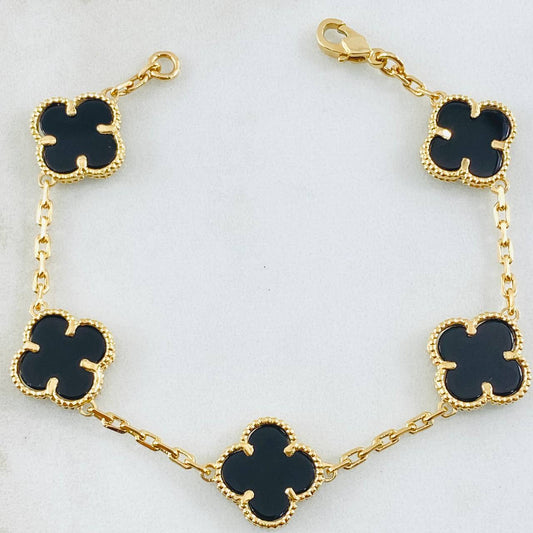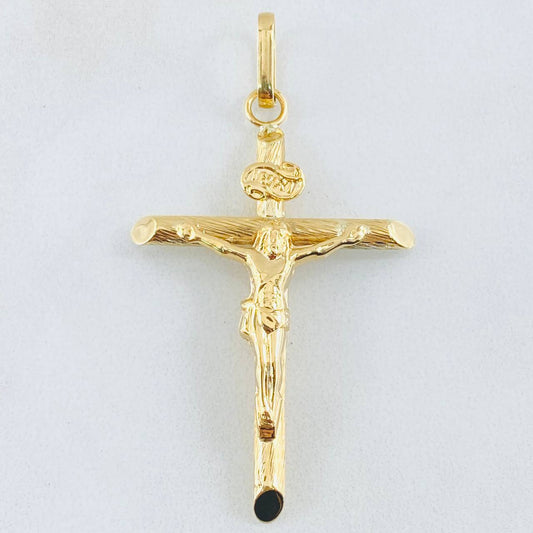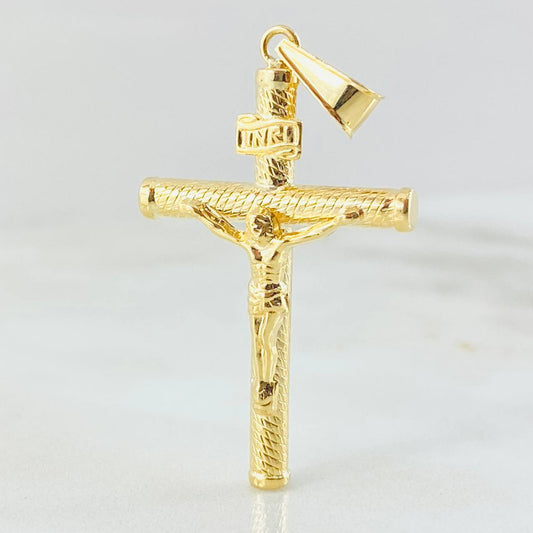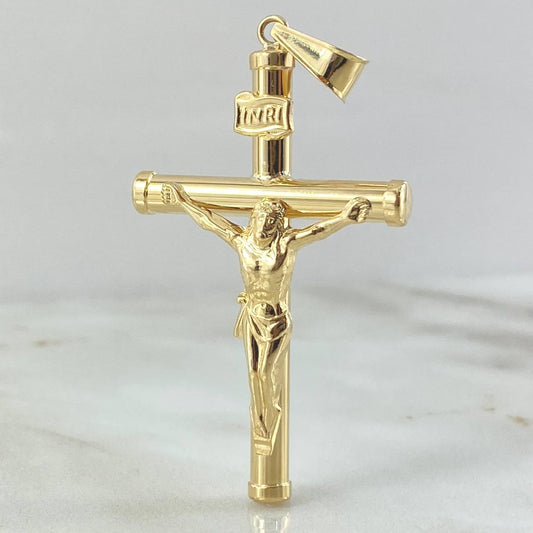Carats and Carats: How is it that one is for gold and the other for gems?
In the world of jewelry, the term "carats" is often used frequently; however, to avoid confusion in the development of the article, we will make a very clear distinction: one type of carat is for gems and another for gold, and as you can imagine, they do not mean the same thing. Although both affect the value and quality of the pieces, their meanings and applications are different. Below, we will see how they differ and why it is essential to understand them when purchasing jewelry.
Carats in gold, its middle name is purity

Carats (with a "k" for clarity) indicate the purity of gold in an alloy. In this context, pure gold is considered 24 carats (24k). This measure tells us that the gold is 100% pure, without other metals in its composition. However, pure gold is soft and prone to scratching or deforming, so it is not always ideal for daily use in jewelry. For this reason, other metals like silver or copper are mixed to create more durable alloys, which affects the percentage of gold in the piece and, therefore, its caratage.
The most common karat levels in jewelry are 18k, 14k, and 10k gold. The higher the karat of a piece, the higher the content of pure gold, which usually increases its value. However, the choice of karat also depends on individual preferences regarding durability and color: lower karat gold pieces tend to be more durable due to the higher amount of mixed metals, while higher karat pieces may display a more intense and characteristic gold color.
If you want to expand a little more on the topic, you can visit this link
Carats in gemstones, the weight that defines the value

The term carat (with "q" and presented as "Qts" or "Ct") is a unit of weight measurement in the field of precious stones. One carat equals 0.20 grams. Unlike the karat in gold, the carat is used exclusively to indicate the weight of gems such as diamonds, emeralds, rubies, and sapphires. The word comes from carob seeds, which were formerly used to weigh gems due to their uniform and small weight.
It is important to highlight that the carat weight does not always reflect the visual size of a stone, as it depends on the density of each gem. For example, a one-carat diamond and emerald may appear to be different sizes because the emerald has a lower density. In addition to weight, factors such as color, clarity, and cut significantly influence the value of a gem. However, carat weight is a key measure to define the price of precious stones, since, in general, the higher the carat weight, the greater the value, especially in diamonds.
If you want to expand a little more on the topic, you can visit this link
So what are their fundamental differences?
Purity vs. Weight: Carats measure the purity of gold, while carats indicate the weight of gemstones. They are completely different measurements that reflect unique aspects of jewelry.
Units under contexts: In the case of gold, the purity of the alloy in karats can vary depending on the metal mixture. In contrast, the carats of gemstones are a standard measure that does not change, and their relationship to value depends on additional factors such as the type of cut and clarity of the gem.
Impact on your sale: Both terms affect the final price of a piece of jewelry, but in different ways. Purity in karats increases the value of the gold, while weight in carats increases the value of the stones, especially when the size is uncommon or the quality of the gem is exceptional.

Why is it important to know these differences?
Understanding the difference between karats and carats allows for informed decisions and knowing what is actually being purchased. When choosing a gold piece of jewelry, purity is a relevant factor in determining the appearance and durability of the item. On the other hand, for precious stones, the weight in carats along with other quality criteria helps define their value and exclusivity.
Additionally, knowing these terms helps to avoid misunderstandings and to be able to compare jewelry pieces accurately. By knowing that an 18k gold ring is less pure than a 24k one, but more durable, or that a one-carat diamond can have greater value than one of lesser weight but with the same clarity, buyers can make decisions according to their tastes, needs, and budget.
Final conclusions
In summary, although "kilates" and "quilates" sound similar, their meanings are completely different in the world of jewelry. Kilates determine the purity of gold and affect both its durability and color, while quilates reflect the weight of a gemstone and are fundamental for its valuation. This difference is essential for all those seeking a high-quality piece in the jewelry sector. Thus, understanding these concepts helps to value and appreciate the true essence and quality of each piece, whether it is a gold jewel or a precious stone. Here at Napoleone Joyas, all our products and creations are made with 18k gold and certified gems from the largest sizes, while the smaller ones are evidently genuine, thus we certify quality in everything you acquire from us.


